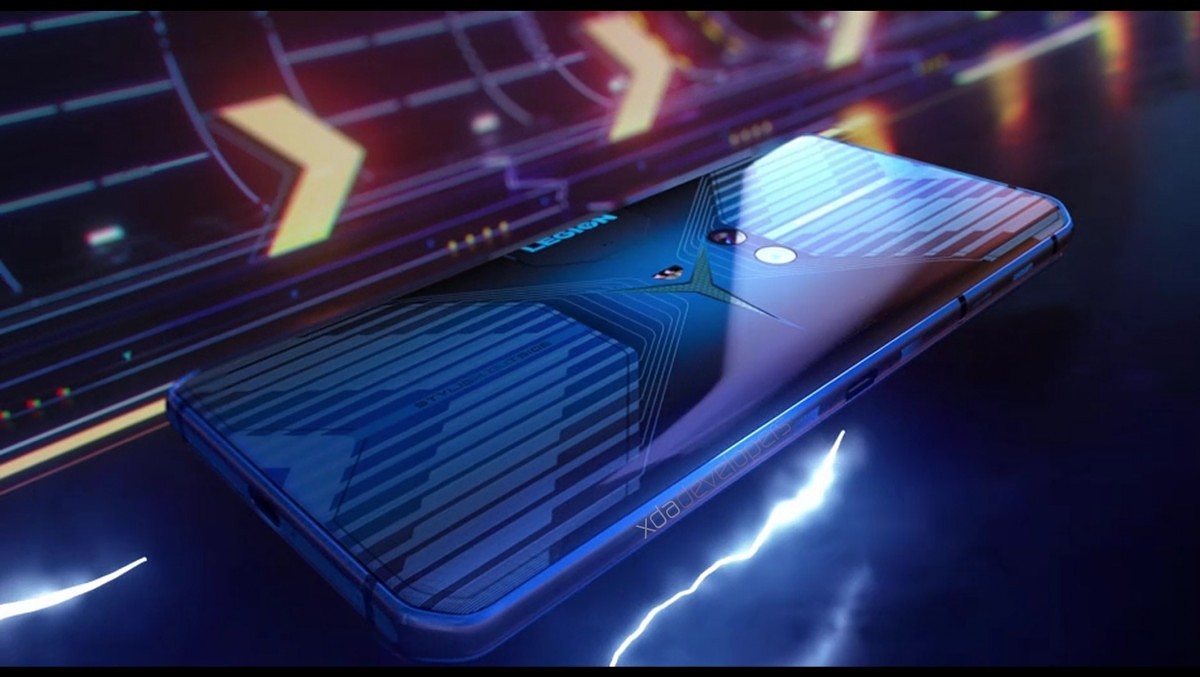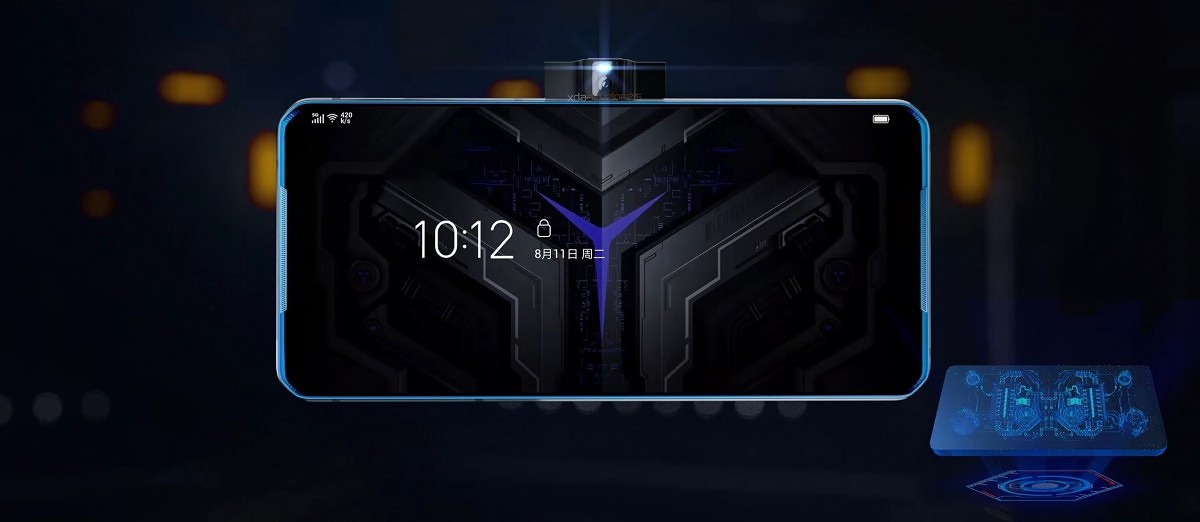Samsung Galaxy Note 20 just got a killer rival with a 144Hz display
Lenovo's Legion phone features a side pop-up camera and 90W charging

Lenovo is working on a gaming phone that will launch under its Legion brand, and will feature a side-mounted selfie camera, two USB-C ports and 90W charging. Even if you're not a keen mobile gamer, these specs and features are likely to turn the heads of more conventional smartphone owners waiting for phones like the Samsung Galaxy Note 20.
While this phone has been teased on Chinese social media, XDA Developers has revealed a whole bunch of specs for the handset via a trusted source. Since Lenovo already owns the Motorola brand, it's got experience making smartphones. So while these ideas may look insane, there's some engineering knowledge behind them.
- Samsung Galaxy Note 20 news, leaks, release date, price and specs
- Samsung Galaxy S30's processor revealed in Snapdragon 875 leak
- Plus: The iPad you really want just got delayed to 2021

What's immediately noticeable about the Legion phone is that its front-facing camera, while in a familiar pop-up mechanism, is actually located on the right side of the phone. This is so the camera is the right way up when you hold the phone horizontally, which seems ideal for when you're streaming games from your phone or you want to alter the angle of your video call.
This is part of Lenovo's aim to make the phone easy to use when you're holding it sideways. This is also the reason the phone has two USB-C ports: one on the bottom edge like you'd expect, and the other on the side opposite the camera, so you can charge with a cable without getting your hand caught.

Not that you should need to charge up much, or for very long. The Lenovo Legion phone uses a dual-cell battery system, totalling 5,000 mAh of capacity. It's also capable of charging at 90W, which Lenovo reckons will fill the phone from empty in just 30 minutes.
As for the display, the Legion has the same 144Hz refresh rate as the RedMagic 5G, a rival gaming phone produced by Chinese manufacturer Nubia. It's also said to be FHD quality, which is not as hi-res as the QHD displays on premium flagships like the Samsung Galaxy S20 or the OnePlus 8 Pro, but should still look good thanks to that high refresh rate. We don't know the size of the display, though we expect something around the 6.6-inch mark, if not larger.
Also focused on gaming usage are the speakers and vibration motor. The stereo speakers are symmetrical, unlike many smartphones with dual speakers which use a smaller top speaker in comparison to the bottom one. As for vibration, the Legion will use uEngine, a "symmetrical dual X-axis linear vibration motor." This should give users some surprisingly effective haptic feedback from events in-game.
Get instant access to breaking news, the hottest reviews, great deals and helpful tips.

You'll get two cameras on the back of the phone: a 64MP main sensor and a 16MP ultrawide sensor. The aforementioned side-mounted selfie camera is a 20MP sensor. The CPU is the ubiquitous Snapdragon 865 chip we've seen in many flagships this year already, accompanied by an unknown quantity of LPDDR5 RAM, the latest and best standard of memory for smartphones.
Since we already know how Lenovo's phone compares to the Samsung Galaxy S20 and OnePlus 8 Pro, it's worth looking ahead to the next big premium Android phone, the Galaxy Note 20. Samsung's next flagship will certainly beat this Lenovo phone on the camera front, and will also have an advantage if it uses the QHD panel from the S20 series as well has the handy S-Pen features from previous Note devices.
However, with the Note 20 likely having the same 120Hz refresh rate, 45W fast charging and Snapdragon 865 CPU as the S20, the better performance and gaming stats will likely belong to the Legion. It'll be up to you whether you'd prefer the Note 20's rumored punch-hole selfie camera notch over the Legion's sideways pop-up camera, though.

Richard is based in London, covering news, reviews and how-tos for phones, tablets, gaming, and whatever else people need advice on. Following on from his MA in Magazine Journalism at the University of Sheffield, he's also written for WIRED U.K., The Register and Creative Bloq. When not at work, he's likely thinking about how to brew the perfect cup of specialty coffee.
